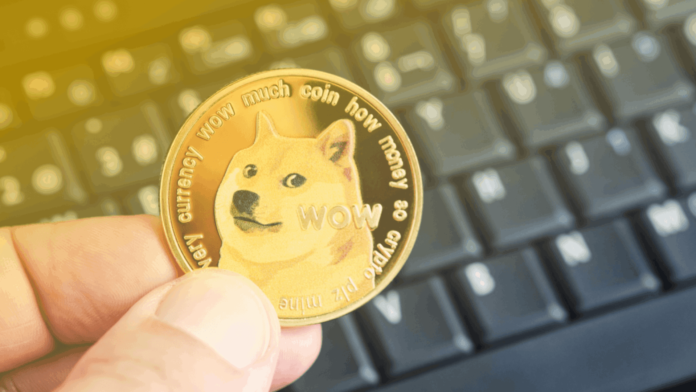Dogecoin, the internet’s favorite meme-based cryptocurrency, has captured the hearts and wallets of millions since its quirky inception in 2013. What started as a lighthearted joke inspired by the popular “Doge” meme has evolved into a thriving digital asset with a loyal community. But what makes Dogecoin so special? Let’s explore its journey, why it stands out, and where it’s headed.
A Humble Beginning
Dogecoin was created by software engineers Billy Markus and Jackson Palmer. Their vision wasn’t to disrupt the financial system or to become a rival to Bitcoin. Instead, they wanted to create a fun and inclusive cryptocurrency. Inspired by the viral “Doge” meme featuring a Shiba Inu dog with humorous captions in Comic Sans, Dogecoin was born on December 6, 2013.
At its core, Dogecoin was meant to be a satire of the cryptocurrency boom at the time. But its playful nature and accessibility struck a chord with users worldwide.
Key Features of Dogecoin
- Inflationary Supply: Unlike Bitcoin, which has a capped supply of 21 million coins, Dogecoin has no maximum limit. Approximately 5 billion Dogecoins are added to the supply every year, which prevents scarcity and keeps transaction costs low.
- Speed and Efficiency: Transactions on the Dogecoin network are faster than many other cryptocurrencies, making it practical for small, everyday payments.
- Community Spirit: Dogecoin’s greatest strength lies in its passionate and generous community. From raising funds to send the Jamaican bobsled team to the Olympics to sponsoring clean water projects, Dogecoin enthusiasts have proven that crypto can be a force for good.
The Meme That Became a Movement
Dogecoin’s success is inseparable from its meme culture. The Shiba Inu mascot, coupled with the internet’s love for absurd humor, made it a cultural phenomenon. Memes aside, Dogecoin also gained popularity for tipping content creators on social media platforms. It became an easy and fun way for users to show appreciation for good content.
Elon Musk and Dogecoin’s Meteoric Rise
Billionaire entrepreneur Elon Musk’s tweets have played a massive role in catapulting Dogecoin into the mainstream spotlight. Musk’s playful endorsements, often referring to Dogecoin as the “people’s crypto,” ignited waves of buying frenzy, pushing its market value to unprecedented heights.
However, the volatility brought about by such hype has also sparked debates about the sustainability and seriousness of Dogecoin as an investment.
Use Cases for Dogecoin
Dogecoin’s use cases may not be as groundbreaking as Ethereum’s smart contracts, but it’s more than just a joke. Some real-world applications include:
- Tipping: As one of the original “fun” cryptocurrencies, Dogecoin is perfect for microtransactions and rewarding creators online.
- Charity and Fundraising: The Dogecoin community has spearheaded numerous charitable initiatives over the years.
- Payments: Increasingly, businesses and vendors are accepting Dogecoin as a legitimate form of payment.
Challenges Ahead
Despite its widespread appeal, Dogecoin faces significant challenges.
- Inflationary Model: With no supply cap, its value may struggle to rise over time compared to deflationary cryptos like Bitcoin.
- Development Stagnation: For years, development on Dogecoin’s blockchain lagged behind other cryptocurrencies, though recent efforts are rekindling innovation.
- Volatility: Its meme-based popularity makes it prone to speculative bubbles, which can deter serious investors.
Dogecoin’s Bright Future
Dogecoin’s trajectory has been anything but conventional, and that’s exactly what makes it so fascinating. Its quirky origins, coupled with a resilient and enthusiastic community, mean it’s more than just a passing trend. Whether it remains a cultural icon or evolves into a more widely used payment method, Dogecoin’s legacy as the fun-loving underdog of the crypto world is secure.
To the moon? Maybe. But wherever it goes, Dogecoin will always remind us to take things a little less seriously while still chasing big dreams. Such wow. Very future. Much excite.



